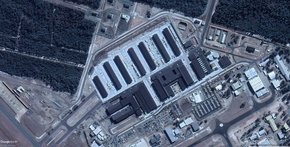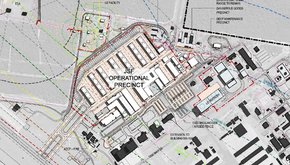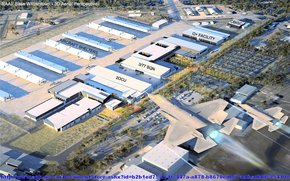SpazSinbad
Active Member
HMDS was / is always tailored. However there are now THREE distinct iterations of it - HMDS - HMDS II & HMDS III with now subvariants because of ejection issues (fixed) for lightweight pilots (who would probably be women). No ejection seat until perhaps the latest edition of the competitor seat from US ACESII UTC Aerospace Systems had the capabilities of the Mk.US16E seat for the F-35 variants (since updated for the first reasons above). Because the HMDS gained weight during the updates it was discovered that the initial HMDS III had the issue with lightweight pilots. There were three fixes: a cloth panel stops the pilot head from over rotating backwards when the chute deploys; there is a switch on the side of the seat specifically to be actuated by 'lightweight' pilots that will delay a function & the 2nd of two visors for HMDS III has been removed (day/night) but can be replaced one for tuther in flight when a cockpit slot is found for it (thus weight of HMDS III reduced). I'm interested in these pilot things for the F-35 so I have a tonne of info in PDF format/links to videos if interested.Would the tailoring of the helmet have anything to do with earlier reported potential injuries to pilots necks particularly those of a lighter frame
BTW 'lightweight' implied that 'neck strength' would not be the same as that enabled by heavier (more musculature?) pilots. Dummies of various weights/sizes are used in the seat testing but inevitably some calculations have to be made to be signed off by the relevant safety authorities with risk analysis and other crystal ball stuff.
When the F-35B goes into STOVL mode their seat is placed in 'automatic' such that if the engine is being sensed as failing then the seat will eject the pilot without any other pilot intervention. This happens in less that half a second because otherwise near the ground the pilot has no chance to react as the aircraft will quickly go out of control. At about MINUTE FOUR exactly when a slomo ground based zero/zero ejection seen from the side one will note how the pilot is rotated - the cloth insert between chute straps prevents head/helmet over rotation for the 'irresistible' lighties.
F-35 MB US16E Ejection Seat Tests 1-8 Slow Motion Long Play
Last edited:



